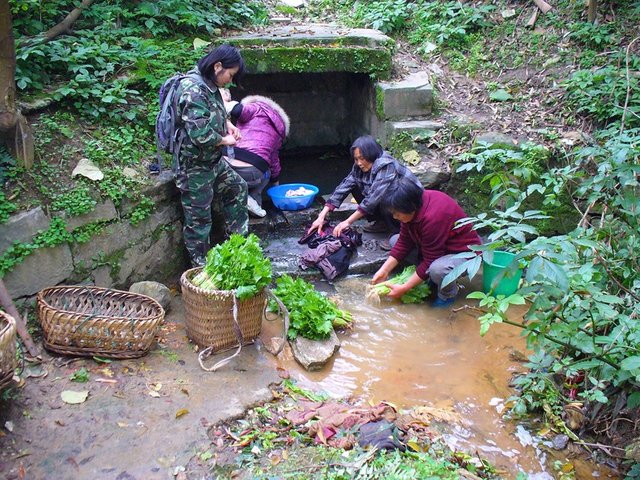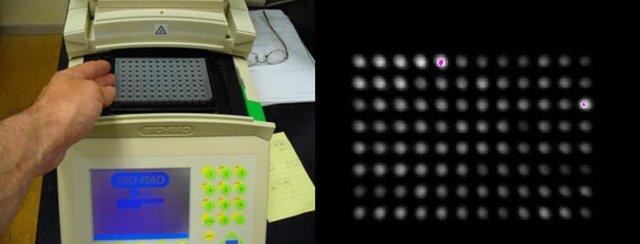DNA Samples Survived International Commercial Air Travel, Screener Radiation, and Two Weeks at Room Temperature before Real-Time PCR Analysis
During our water quality research in karst regions of China, we needed to collect samples in the field and bring them back to the USA for laboratory analysis. Why not simply carry them in our luggage? After all, they were just water samples collected from the natural environment.

One concern, of course was thermal degradation at ambient temperatures, or biodegradation by nucleases in the sample while naturally occurring cells and organic debris undergo decomposition. Another concern was the effects of the radiation from scanners at security checkpoints and in checked baggage imagers at several international airports and customs checks. Would the DNA in our water samples suffer damage before it reached the lab?
We hypothesized that if the DNA samples in our luggage survived without degradation, they would yield the same results as duplicate samples stored in the freezer at the laboratory. If the DNA was damaged, we would see quantitative and qualitative differences using Real-Time PCR.
Our hypothesis was tested by making four identical 96-well microtitre plates with each well containing 100 μl volume of water samples taken from the environment, positive and negative controls, and a series of independently verified plasmid DNA samples for a standard concentration curve. All plates were sealed with transparent film, and each sealed inside an individual zip-lock bag. Two control plates were stored in the lab, one at room temperature in the dark and another in a freezer at -70 degrees C.
Both experimental plates were placed inside a larger plastic bag, along with standard travel items for personal hygiene. One was carried aboard the plane while another experimental plate was carried aboard in checked luggage. A film dosimeter was placed in each bag for later determination of radiation exposure from scanners. Samples passed through scanners at several airports in the USA and several in China before returning to the lab for analysis.
Upon returning to the laboratory, all plates were centrifuged to capture droplets and condensate inside the wells and to precipitate any insoluble materials in the samples. Aliquots of the DNA samples were added to PCR reactions with bacterial 16S rDNA primers and amplified using our standard thermocycling protocols in a commercial premixed reagent containing SYBR Green®. Reactions were carried out using a Bio-Rad iCycler to monitor fluorescence of SYBR Green® which increases in proportion to generation of double stranded DNA during amplification. A standard curve was calculated with the concentration standards. After amplification, samples were subjected to melting point analysis in the thermocycler and examined on an agarose gel.

The results wre essentially the same for all four plates. Concentration curves generated by the standards were acceptable, environmental samples and unknowns yielded comparable results, melting point profiles were consistent, and bands on agarose gels further confirmed the production of the desired PCR products. Thus, DNA samples taken from the environment as well as purified plasmid DNA samples could be transported without refrigeration or damage by exposure to scanners in security checkpoints and behind the scenes in checked baggage transfer and inspection. The dosimeters recorded no significant exposure to radiation.
This knowledge greatly facilitated our ability to collect, store, and transport water samples halfway around the world without the need for refrigeration, dry ice, or expensive shipping contractors. So we continued with our experiments until our budget was discontinued due to funding cuts. This experiment was planned because we felt eventually it would be necessary to prove that our samples hadn’t degraded from the time they were collected until they were analyzed. Unfortunately the data was erased from hard drives in the labs, and backup data may exist but access to the raw data requires the appropriate software from Bio-Rad. We hope this information will be useful to those transporting perishable samples over long distances and hope it can serve as a kernel for a student project idea.